Thread embedding weight loss is a weight loss method that stimulates metabolism and suppresses appetite by embedding absorbable threads into acupoints. It requires attention to operating procedures, postoperative care, and individual adaptability. The core issues include choosing a reputable institution, understanding one's own health status, postoperative diet and exercise management, and possible adverse reactions.
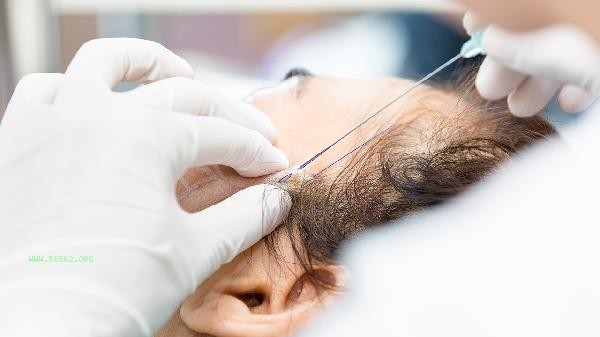
1. Choose a reputable medical institution and professional
Thread embedding for weight loss is a medical practice that must be operated by qualified medical institutions and trained doctors. Non formal institutions may have problems such as incomplete disinfection and non-standard operation, which increases the risk of infection. Before surgery, it is necessary to understand the doctor's qualifications and experience to ensure safety.
2. Assessing one's own health status
Thread embedding weight loss is not suitable for everyone. It is not suitable for people with serious cardiovascular and cerebrovascular diseases, diabetes, immune system diseases or skin infections. A comprehensive health assessment, including blood routine and coagulation function tests, is required before surgery to ensure that the physical condition is suitable.
3. Postoperative diet and exercise management
After thread embedding for weight loss, the diet should be light and low calorie, avoiding high sugar and high-fat foods. It is recommended to eat more vegetables, fruits, and high-quality proteins such as chicken breast and fish. In terms of exercise, low-intensity aerobic exercises such as brisk walking and yoga can be performed to avoid vigorous exercise and avoid affecting the effectiveness of the buried thread.
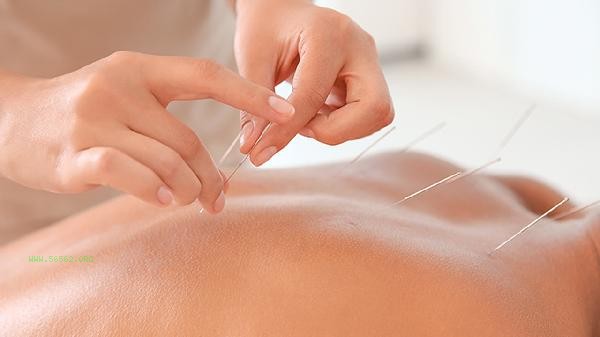
4. Pay attention to postoperative care
After thread embedding, there may be slight swelling, pain, or bruising at the thread embedding site, which is a normal phenomenon and usually subsides on its own within 1-2 days. Avoid contact with water within 24 hours after surgery and keep the buried area clean and dry. If there are persistent pain, fever, or signs of infection, seek medical attention promptly.
5. Possible adverse reactions
Some individuals may experience adverse reactions such as allergic reactions, thread rejection, or infections. Before surgery, the doctor should be informed of the patient's allergy history, and the body should be closely monitored for any reactions after surgery. If any abnormalities occur, treatment should be stopped immediately and professional help sought.
6. The effect and limitations of thread embedding for weight loss
The effect of thread embedding for weight loss varies from person to person and usually requires multiple treatments to achieve the desired results. It is not a universal weight loss method and requires a combination of healthy diet and moderate exercise to maintain in the long term. After losing weight with buried threads, if diet and exercise management are not appropriate, it may still rebound.
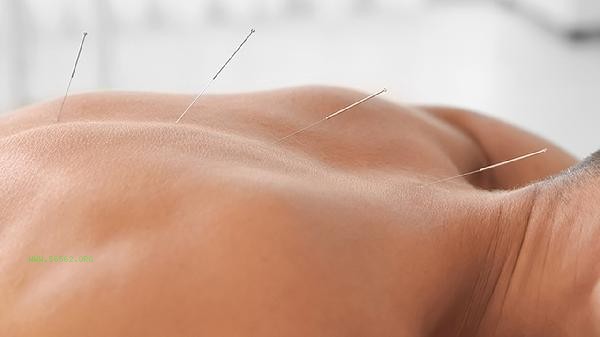
Thread embedding weight loss is an auxiliary weight loss method that requires guidance from a professional doctor and a healthy lifestyle to achieve optimal results. Pay attention to postoperative care, observe physical reactions, and promptly handle abnormal situations. Through scientific management and persistence, thread embedding weight loss can help achieve the goal of healthy weight loss.

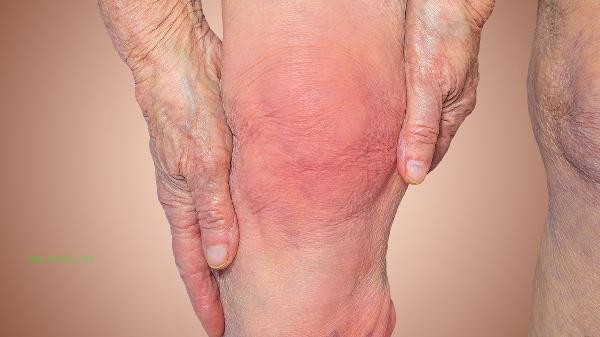
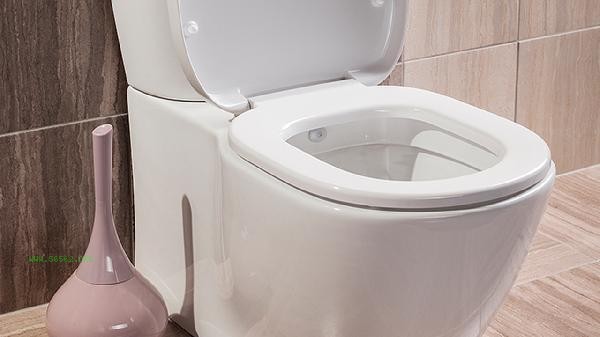
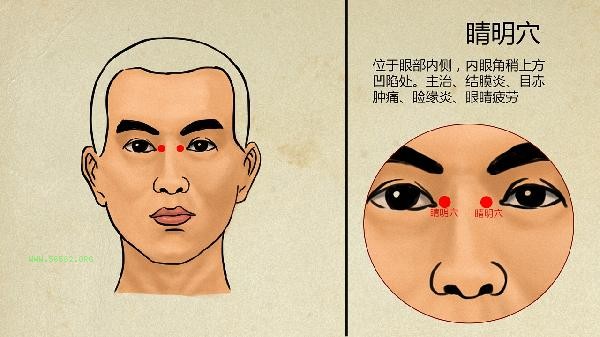

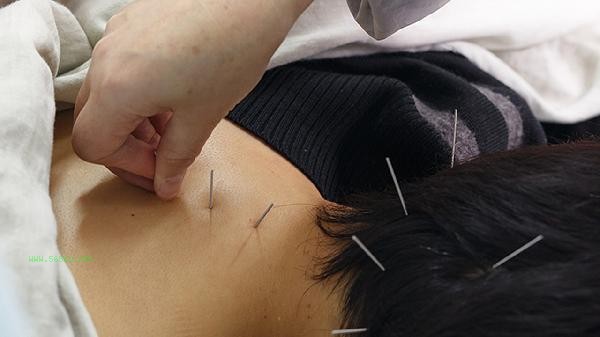


Comments (0)
Leave a Comment
No comments yet
Be the first to share your thoughts!